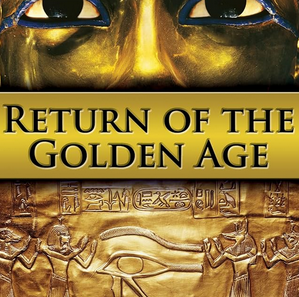Ship Inside a Bulb - A Creative Analysis
- Shaurya Saurabh

- Dec 17, 2022
- 2 min read
Updated: Dec 25, 2022
The figure in question represents a unique dilemma. As we can see here, on first thought, it's just a ship trapped inside a bulb, but when you get besotted by it you can start finding out the subliminal messages within its visually naive representation. Technically, a bulb is simply supposed to be a source of illumination, but here the traditional filament has been replaced by a ship. There are clouds in the background signifying freedom and we can also see that the source of illumination is external rather than internal, subsequently signifying the limited nature of said freedom. The ship here is trapped within the realms of an enclosed area. The level of water provides enough space for the ship to survive but not enough to thrive. The ship has all that it needs to stay afloat, enough light, enough water, enough "freedom", so that it can live with stability, but not ambitious, like an employee, a loyal employee, but an employee filled with contentment, not looking to progress or shatter the imprisoning glass of the bulb to start a journey of exploration.
We can compare it to an aquarium, where fishes are kept happy, fed regularly but within the confines of the aquarium walls, never allowed to be enthusiastic about freedom. So the moral here could be the "price of contentment and stability". You get to be at peace, free of the daily hassles of self-exploration, but the guiding hands are an extension of the golden handcuffs, ornamental but incarcerating. What can be then inferred from this is that in real-life situations we often get stuck in parasitic relationships or jobs, where our sole purpose is to leech off of something to sustain ourselves and hence we become increasingly dependent. To be independent is to be analytical and critical of all relationships be make ourselves a part of. For independence or "Mukti" (as described in Hindu philosophy) is the ultimate goal of our lives.










Comments